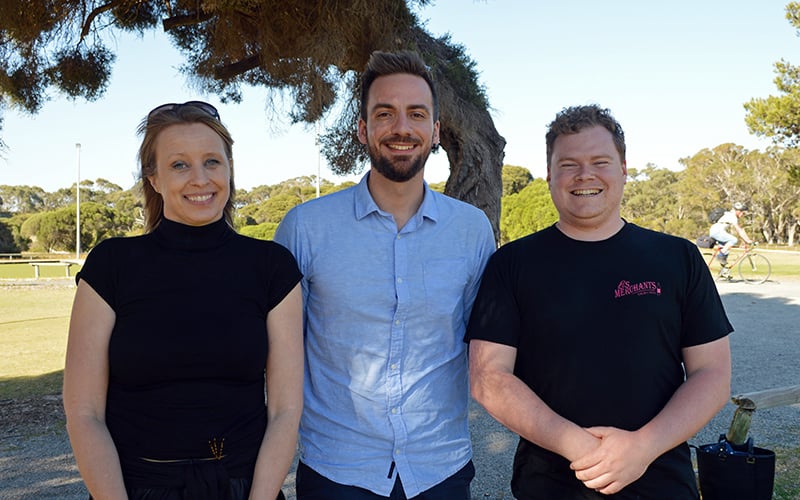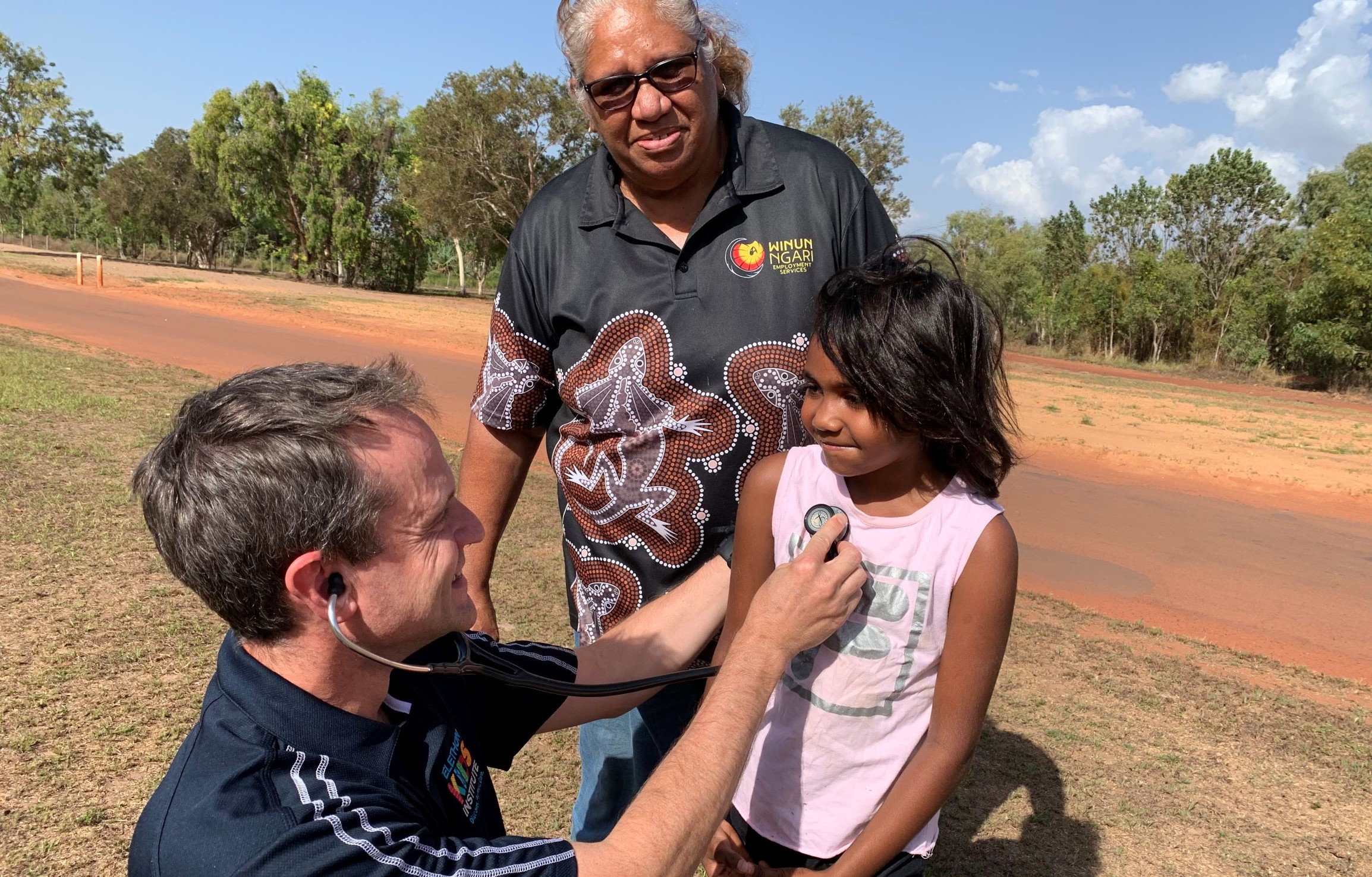Search
Showing results for "aboriginal respiratory"
Research
Determinants of lung function development from birth to age 5 years: an interrupted time series analysis of a South African birth cohortEarly life is a key period that determines long-term health. Lung development in childhood predicts lung function attained in adulthood and morbidity and mortality across the life course. We aimed to assess the effect of early-life lower respiratory tract infection (LRTI) and associated risk factors on lung development from birth to school age in a South African birth cohort.
Research
Reference values for spirometry and their use in test interpretation: A Position Statement from the Australian and New Zealand Society of Respiratory ScienceThe ANZSRS recommends the adoption of the Global Lung Function Initiative (GLI) 2012 spirometry reference values throughout Australia and New Zealand
News & Events
Ear infections linked to passive smokingA new report from Perth's The Kids for Child Health Research has found a strong link between childhood ear infections and exposure to tobacco smoke.

News & Events
Wal-yan Centre inaugural Shark Tank winnersCongratulations to Dr Montgomery, Dr Iosifidis and Dr D’Vaz on winning the Wal-yan Centre's inaugural seed funding competition.

News & Events
Seven innovative lung health research projects supported by Wal-yan Centre fundingSeven innovative lung health research projects have received funding support as the 2023 Wal-yan Respiratory Research Centre Strategic Inspiration Projects.
Research
Djaalinj Waakinj: A cohort study of otitis media in young urban Aboriginal children – prevalence, risk factors and consequencesChris Deborah Peter Natasha Valerie Brennan-Jones Lehmann Richmond Morrison Swift PhD AO, MBBS, MSc MBBS MRCP(UK) FRACP Head, Ear and Hearing Health

Results from a world first-study measuring prevalence of chronic wet cough and protracted bacterial bronchitis in four Kimberley Aboriginal communities have highlighted the enormity of the health problem.
Research
Changes in the FEV/FVC ratio during childhood and adolescence: an intercontinental studyIn children, the ratio of forced expiratory volume in 1 s (FEV₁) to forced vital capacity (FVC) is reportedly constant or falls linearly with age...
Research
Normative multiple-breath washout data in school-aged children corrected for sensor errorGraham Kathryn Rachel Alana Hall Ramsey Foong Harper BAppSci PhD CRFS FANZSRS FThorSoc FERS BSc (Hons), PhD BSc (hons), PhD, MBiostat BSc (hons)
Research
Early life exposure to coal mine fire smoke emissions and altered lung function in young childrenInfant exposure to coal mine fire emissions could be associated with long-term impairment of lung reactance
